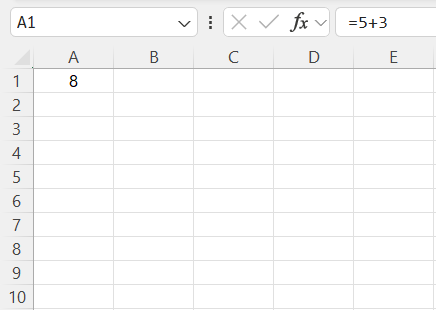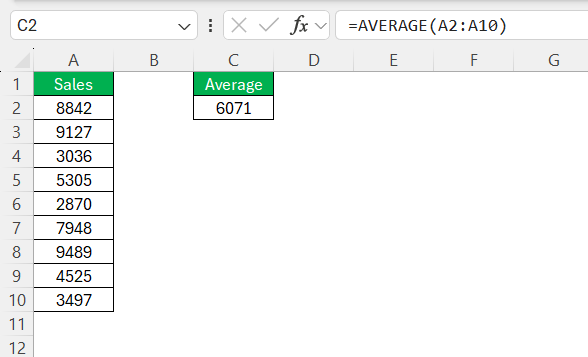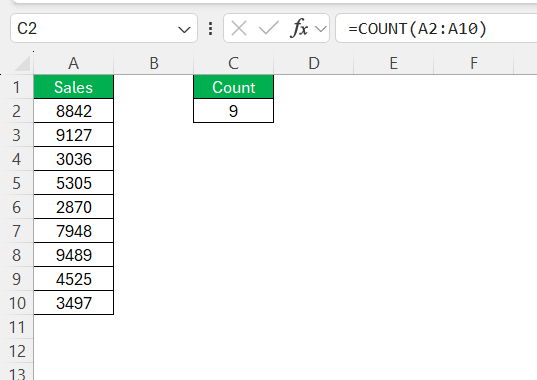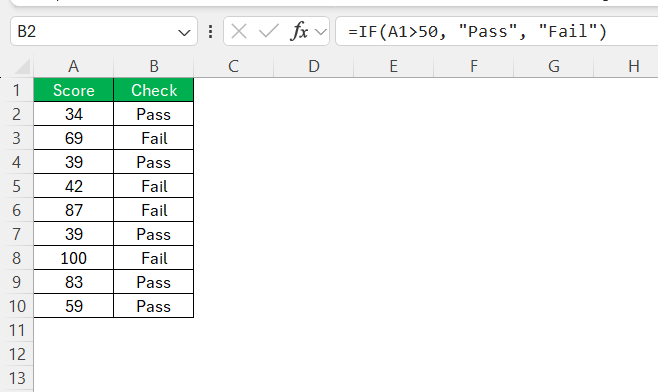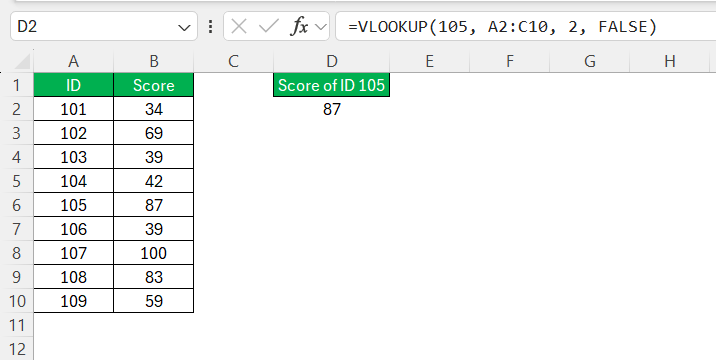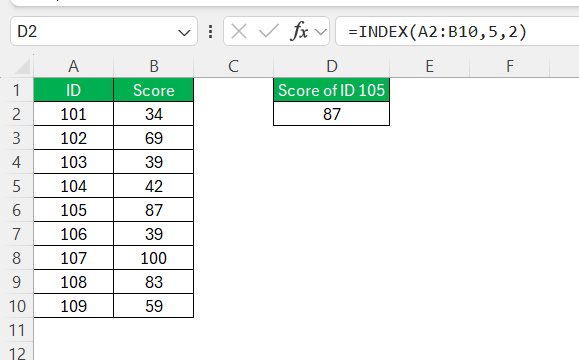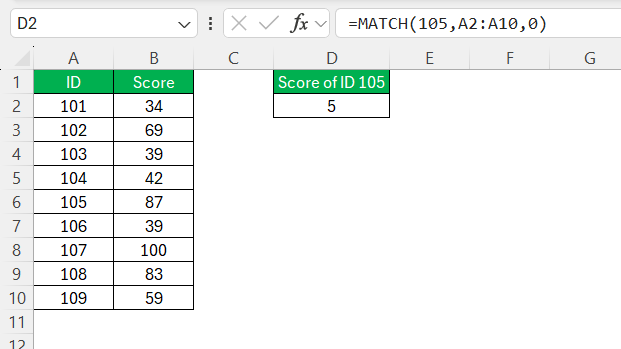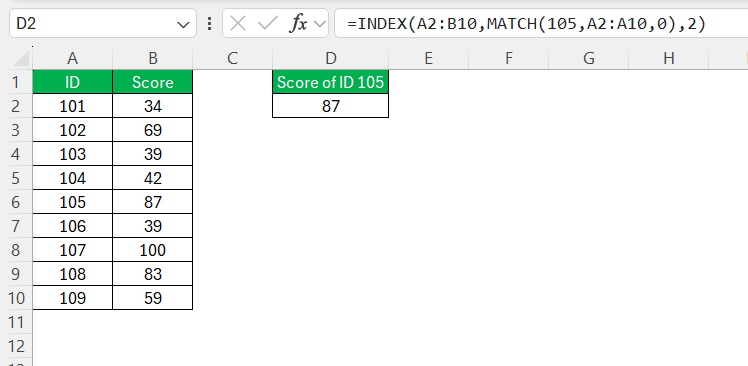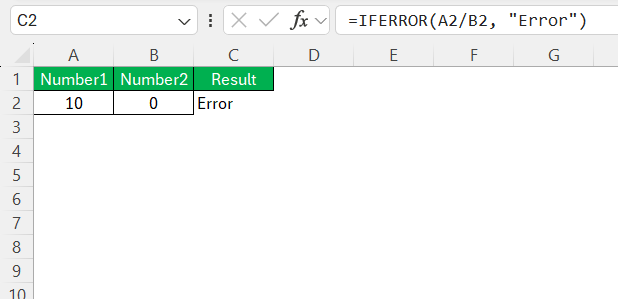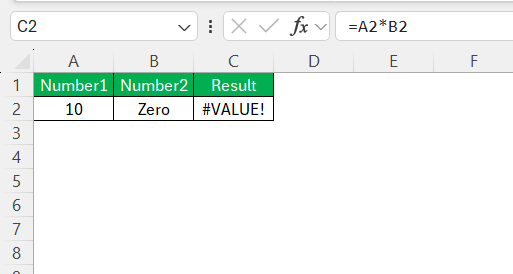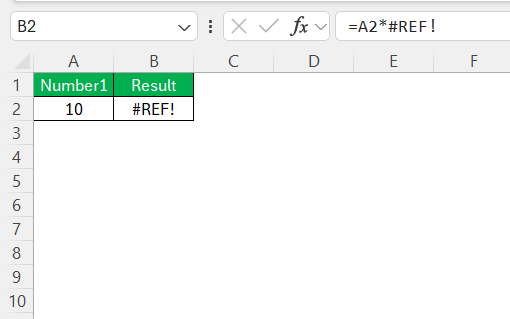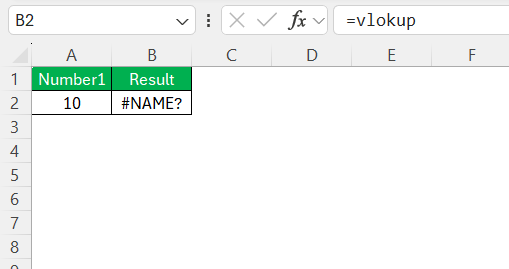Excel is renowned for its powerful capabilities in handling both simple and complex data operations. At the heart of Excel’s flexibility are formulas and functions, essential tools for any user aiming to streamline calculations and data manipulation. This article seeks to demystify these elements, offering insights into their use and showcasing practical examples. Whether you’re a novice or someone looking to fine-tune your skills, understanding Excel formulas will undeniably enhance your productivity.
Key Takeaways:
- Excel formulas help automate calculations and update dynamically when data changes.
- Essential functions like SUM, AVERAGE, and COUNT simplify data analysis.
- IF and VLOOKUP functions add logic and lookup capabilities to spreadsheets.
- INDEX-MATCH is a flexible and efficient alternative to VLOOKUP for data retrieval.
- Understanding common errors like #DIV/0! and #VALUE! helps maintain accurate spreadsheets.
Table of Contents
Demystifying Excel Formulas
What is a Formula in Excel?
A formula in Excel is an expression that performs calculations on values in cells. Formulas can be as simple as adding two numbers or as advanced as analyzing massive datasets. What makes them powerful is that they automatically update when I change data in the referenced cells.
Every formula in Excel begins with an equal sign (=) followed by a combination of numbers, cell references, functions, and operators. If I want to add two numbers in Excel, I can type:
=5+3
This formula will return 8.
Essential Excel Functions You Should Know
SUM, AVERAGE, and COUNT Functions
The SUM, AVERAGE, and COUNT functions are foundational tools within Excel, providing efficient ways to perform basic arithmetic and data counting activities. They are crucial for users aiming to quickly process and interpret data sets.
- SUM Function: This function adds all the specified values, making it essential for totaling rows or columns of numbers. For example, =SUM(A2:A10) would calculate the total of the values in cells A2 through A10.
- AVERAGE Function: It calculates the mean value of a range, offering insights into the central tendency of data. By using =AVERAGE(A2:A10), you determine the average, useful for analyzing trends or comparing data sets over time.
- COUNT Function: This function counts all the cells containing numerical data within a defined range. It’s particularly beneficial for quantifying entries or understanding data volume—simply use =COUNT(A2:A10) to identify the number of numerical entries in that range.
These functions automate essential calculations, thereby streamlining data analysis and helping users glean meaningful insights from their data collections.
IF and VLOOKUP Functions Explained
The IF and VLOOKUP functions are powerful tools in Excel used to add logic and lookup capabilities to your spreadsheets, significantly expanding the potential for data manipulation and analysis.
- IF Function: The IF function introduces logical decision-making into your spreadsheets. It executes one of two actions based on a condition, making it ideal for scenarios requiring simple conditional operations. Its syntax, =IF(condition, value_if_true, value_if_false), allows actions such as =IF(A1>50, “Pass”, “Fail”), where a cell’s value determines whether a student passes or fails.
- VLOOKUP Function: VLOOKUP, or Vertical Lookup, searches for a value in the first column of a table and returns a related value from a specified column. It simplifies data retrieval, especially in large databases, by matching entries. Using =VLOOKUP(105, A2:C10, 2, FALSE), for instance, locates the value corresponding to ‘105’ in the first column and retrieves associated data from the second column, aiding tasks like tracking financial records or inventory items.
Together, IF and VLOOKUP provide dynamic ways to tailor calculations and extract meaningful data, enabling users to perform complex decision-making and data management with precision.
Exploring the Power of INDEX-MATCH
The INDEX-MATCH combination is a formidable pair of functions in Excel, offering an alternative to the traditional VLOOKUP function. Together, they provide a more flexible and powerful data retrieval method, especially when working with large and dynamic datasets.
- INDEX Function: This function returns a value or reference from within an array or table, based on a specified row and column number. Its syntax is =INDEX(array, row_num, [column_num]), allowing precise extraction of data. For example, =INDEX(A2:B10,5,2) retrieves data from the third row and second column of the specified array.
- MATCH Function: The MATCH function complements INDEX by identifying the position of a specific value within a range. The syntax =MATCH(lookup_value, lookup_array, [match_type]) provides flexibility in finding exact or approximate matches, such as locating the position of “Smith” in a column.
- Combining INDEX and MATCH: When used together, INDEX-MATCH offers a robust solution for data lookup. Unlike VLOOKUP, which requires the lookup column to be the first one, INDEX-MATCH allows searching any column in the table array, enhancing versatility and efficiency. For instance, =INDEX(A2:B10,MATCH(105,A2:A10,0),2) finds and returns the score associated with “105” by searching in a different column, thus highlighting its capability to navigate complex data structures.
This combination also surpasses VLOOKUP in performance, as it requires less processing power by focusing only on relevant columns. Hence, INDEX-MATCH is preferred for tasks needing precision and adaptability, such as financial modeling and detailed reporting, making it indispensable for advanced Excel users.
Common Errors and How to Solve Them
Troubleshooting #DIV/0!, #VALUE!, and Other Errors
Excel errors like #DIV/0! and #VALUE! can disrupt your workflow if not addressed promptly. Understanding their causes and solutions is key to maintaining efficient and accurate spreadsheets.
#DIV/0! Error: This error occurs when a formula attempts to divide a number by zero or an empty cell. To fix it, check for non-zero divisors and ensure cells referenced in calculations are populated with valid data. Incorporating the IFERROR function, such as =IFERROR(A2/B2, “Error”), gracefully handles the error by displaying “Error” if a division by zero is attempted.
#VALUE! Error: This error usually arises when a formula uses incorrect data types, such as trying to perform arithmetic on text values. Verify that all cell references point to numerical values and ensure correct data input throughout your spreadsheet. Resolving this often involves changing the cell content to appropriate numerical data or using functions to convert text to numbers.
Other Common Errors: Errors like #REF! occur when a formula refers to a cell that is no longer valid, typically due to deletion. Check cell references for accuracy and update as needed.
The #NAME? error signals a misspelled function or range name—ensure all formula components are correctly spelled and exist within the workbook.
To effectively troubleshoot and resolve these errors:
- Double-Check References: Ensure all cell references are accurate and pointing to intended data ranges.
- Verify Data Types: Make sure the data used in formulas are in the correct format (numbers for calculations, text for specific functions).
- Utilize Built-in Tools: Excel’s ‘Error Checking’ tool can be invaluable in diagnosing and addressing formula errors.
Understanding these errors and applying appropriate solutions not only maintains the integrity of your data but also enhances the overall functionality of your Excel sheets, enabling seamless and efficient data analysis.
FAQs
How to define a function in Excel?
To define a function in Excel, select an empty cell where you want the result, type an equal sign (=), and then enter the function name followed by its arguments within parentheses. For example, to calculate the sum of sales, use =SUM(A1:A10), specifying the cell range to include in the operation.
What are the basic differences between formulas and functions in Excel?
Formulas are user-defined equations for calculations, combining operators and cell references (e.g., =A1+B1). Functions are predefined in Excel, executing specific tasks with given arguments (e.g., SUM or AVERAGE). While functions offer simplified complex calculations, formulas provide customization.
How can I apply a formula to an entire column?
To apply a formula to an entire column in Excel, select the cell containing the formula and use the fill handle by dragging it down the column. Alternatively, press CTRL + D to fill down if you’ve selected the formula cell and the cells below it. You can also double-click the fill handle to quickly apply the formula to all adjacent cells in the column.
Can Excel handle large datasets with complex formulas?
Yes, Excel can handle large datasets with complex formulas. It efficiently processes calculations on thousands of rows. However, performance may vary depending on your system’s capabilities, and for extremely large datasets, optimizing formulas and using Excel’s built-in features like PivotTables can improve efficiency.
John Michaloudis is a former accountant and finance analyst at General Electric, a Microsoft MVP since 2020, an Amazon #1 bestselling author of 4 Microsoft Excel books and teacher of Microsoft Excel & Office over at his flagship MyExcelOnline Academy Online Course.

